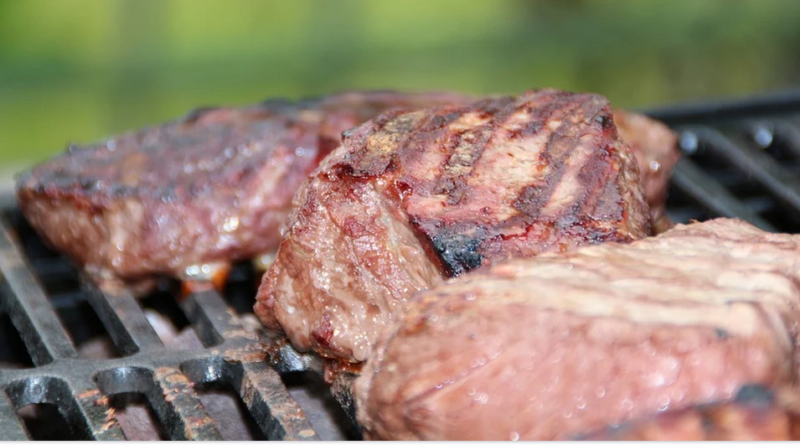What Are the Benefits of Dry Aged Beef?
Dry aging is a process whereby you age large cuts of beef from weeks to months before trimming them into steaks. It is a process that helps the steak to develop flavor and become more tender than when completely fresh. However, due to the amounts of space and strict humidity and temperature needed for adequate dry-aging, it is a realm of fancy dealers and occasionally high-end meat markets.
Do you know that the meat you buy at a grocery store has undergone around ten days of aging? There is an industry-wide understanding that when you age beef for some time, it tastes better when you compare to a freshly slaughtered product that can taste highly metallic and less beefy. If you need to experience tender beef and an enhanced beef flavor, you can invest in a dry aging room.
Below are the benefits of dry-aged beef:
Tenderness
 Tenderness is a quality for a steak in the meat industry. There’s a method of assessing and measuring texture characteristics of meat. For the attainment of tenderness, aging is effective to from 14 to 28 days. This is because the benefit starts to decrease after 14 days, and after 28 days, the change in tenderness is negligible. Therefore, meat has a limit to the level of tenderness it can attain and generally hits this mark at 28 days. On the other hand, wet-aged meat sealed for too long can go beyond tender and start to decompose to unpleasant mushiness due to rotting.
Tenderness is a quality for a steak in the meat industry. There’s a method of assessing and measuring texture characteristics of meat. For the attainment of tenderness, aging is effective to from 14 to 28 days. This is because the benefit starts to decrease after 14 days, and after 28 days, the change in tenderness is negligible. Therefore, meat has a limit to the level of tenderness it can attain and generally hits this mark at 28 days. On the other hand, wet-aged meat sealed for too long can go beyond tender and start to decompose to unpleasant mushiness due to rotting.
High-Quality
When you invest time in meat ripening, you also need good results. However, you can only attain it with a high-quality beef and ripening cabinet. Dry aging can only work with freshly slaughtered meat, in large proportions on the bone. The fat marbling on the steak should be even only possible when animals have enough time to grow. As with meat products in general, a dry-aged beef should be from the best species since happy animals will give better quality meat.
Concentrated Flavor
 A dry-aged beef can lose around 30 percent of the initial water. It leads to a concentrated flavor. Most of the water loss happens on the outer layer of meat, some of which you desiccate and have to trim before cooking. Therefore, the larger the meat you start with and the lower the area to volume, the better the result. Also, it takes time to develop such an unforgettable and drying aging aroma. It should take more than three weeks for the beef to mature.
A dry-aged beef can lose around 30 percent of the initial water. It leads to a concentrated flavor. Most of the water loss happens on the outer layer of meat, some of which you desiccate and have to trim before cooking. Therefore, the larger the meat you start with and the lower the area to volume, the better the result. Also, it takes time to develop such an unforgettable and drying aging aroma. It should take more than three weeks for the beef to mature.
